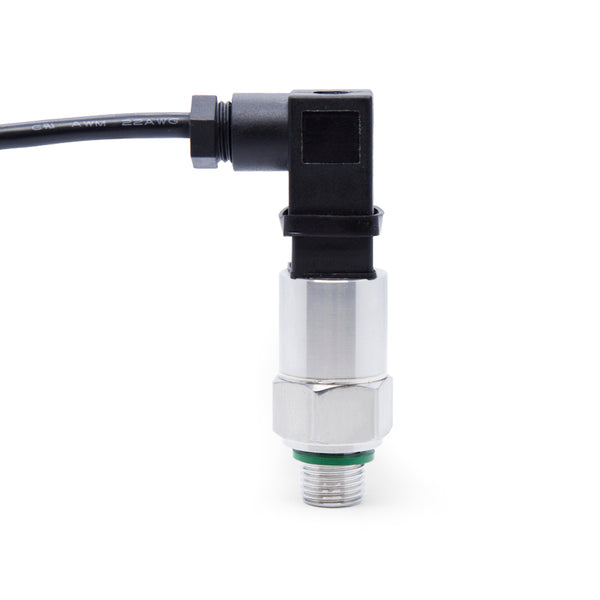Within the field of technology, there exists an unsung hero that frequently goes unnoticed yet is vital to many applications. Let's look at how the diaphragm-style pressure sensor functions and find the benefits it brings to everyday activities.
The Basics
A diaphragm-style pressure sensor is like the watchful guardian of pressure changes. Picture it as a tiny, flexible diaphragm that reacts to the slightest shifts in pressure. But how does this seemingly simple device manage to pull off such a feat?
The Diaphragm Dance
Imagine the diaphragm as a vigilant sentry stationed inside the sensor. When pressure knocks on the door, the diaphragm flexes in response. This dance of flexibility translates into an electrical signal that the sensor interprets, giving us a precise pressure reading.
Anatomy of the Sensor
To get a grasp of how it all comes together, let's break down the sensor's anatomy. The diaphragm, typically made of silicon, is the star. Surrounding it are support structures and electronic wizardry that convert mechanical nudges into meaningful data.
The Language of Voltage
As pressure nudges the diaphragm, it initiates a change in voltage. This change is in the language the sensor understands. It's like the diaphragm whispering to the electronics, and the sensor translates this whisper into a language we comprehend—numbers.
Applications Beyond Measure
From medical devices to automotive marvels, this sensor finds its place in diverse applications. Its ability to provide accurate pressure readings makes it indispensable in fields where precision matters.
Piezoelectricity
Ever wondered how the diaphragm magically transforms pressure into voltage? Enter piezoelectricity, the secret sauce. Certain materials in the diaphragm generate an electric charge when subjected to mechanical stress, making the sensor's conversion prowess possible.
Pros and Cons
Every hero has strengths and weaknesses. While diaphragm-style pressure sensors excel in accuracy and reliability, they might not be the speediest responders. Let's weigh the pros and cons before declaring them superheroes.
Maintenance Matters
Like any hero, these sensors need care. Learn the ropes of maintenance to ensure your diaphragm-style pressure sensor stands the test of time, faithfully guarding against pressure changes.
Testing Pressure Sensors
Curious to know if your sensor is up for the task? Don't worry about that. A simple DIY test can help you ensure your diaphragm-style pressure sensor is on point.
Future Frontiers
As technology evolves, so does our sensor. Peek into the future frontiers where diaphragm-style pressure sensors continue to push boundaries, opening doors to new possibilities.

Frequently Asked Questions
1. How do diaphragm-style pressure sensors differ from other types?
Diaphragm-style pressure sensors stand out for their precision and reliability. Unlike some counterparts, they excel at accurately measuring pressure changes.
2. Can the diaphragm be replaced if it is damaged?
In most cases, yes. Diaphragms are often replaceable, but it's essential to follow manufacturer guidelines to maintain sensor integrity.
3. Are diaphragm-style pressure sensors suitable for extreme conditions?
Yes, many are designed to withstand harsh environments. Picking a sensor that meets the unique requirements of your application is essential, though.
4. How often should I calibrate my diaphragm-style pressure sensor?
Regular calibration ensures accuracy. Follow the manufacturer's recommendations, but a general rule is to do so at least once a year or more frequently for critical applications.
5. Can these sensors be used in consumer electronics?
Indeed. Diaphragm-style pressure sensors are versatile and may be applied to an array of consumer devices, improving both the user experience and safety.
Get the best sensors
Embark on a journey into the intricate world of diaphragm-style pressure sensors, and you'll find a silent force shaping our technological landscape. As we navigate the pressure points of life, these sensors remain steadfast, offering precision where it matters most. And for the best sensor options, you can go to the XIDIBEI website. Because in the world of sensors, they provide as much as you want.
Conclusion
In brief, although the diaphragm-style pressure sensor can seem tiny in size, it plays an important function in providing precise pressure tests. Silently securing accuracy in a multitude of fields, this hidden hero supports medical and automotive changes.



Leave a comment